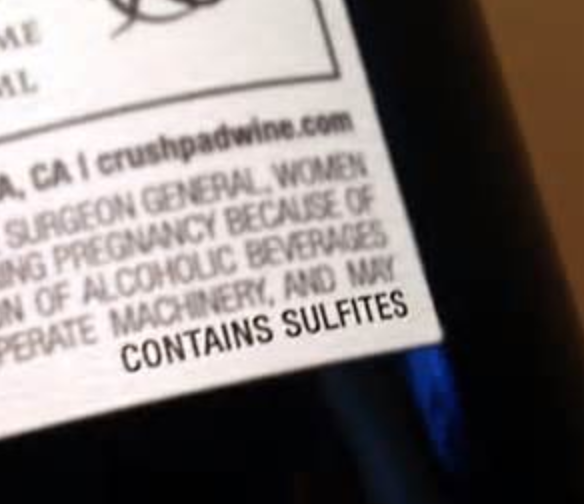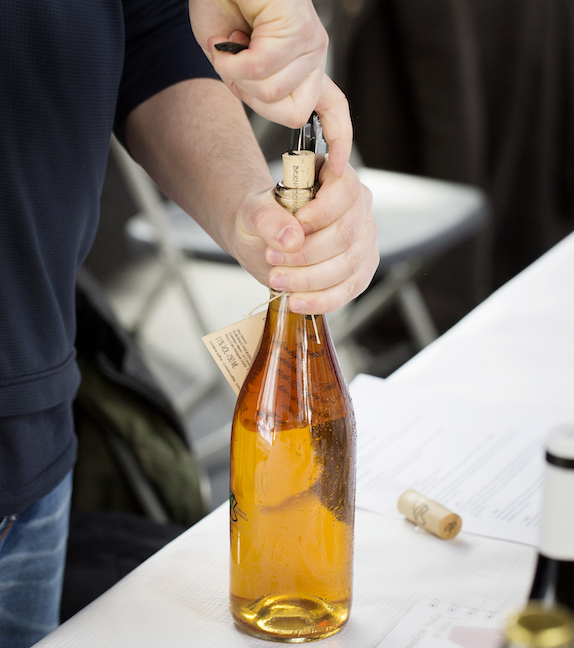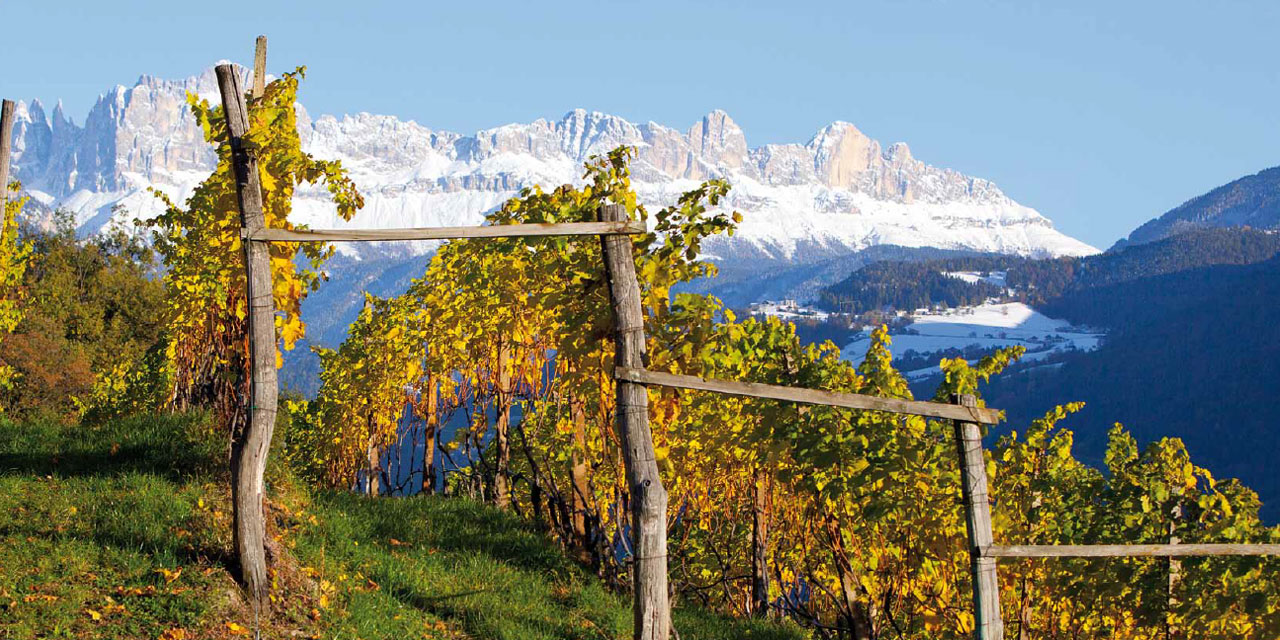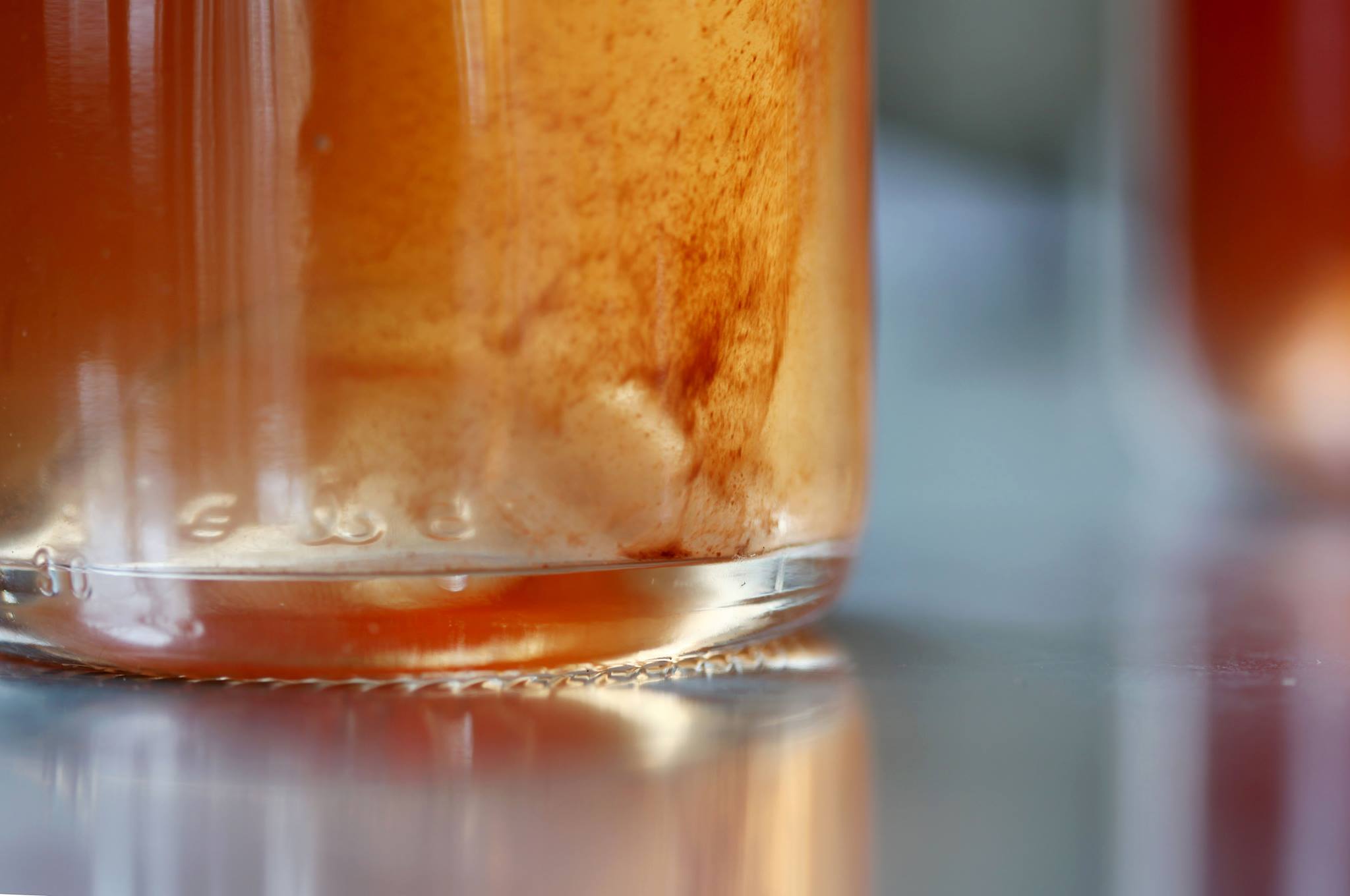It is symptomatic of the world we live in that we obsess about the niceties of labelling rather than talk about the quality of the contents of a bottle of wine. Somewhere, in a dusty office, a bureaucrat is smiling broadly, as the more stymied the debate, the more justification for a regulatory helping hand with an ever-wagging finger.
I would like to say that wine labels are a kind of law unto themselves. We could spend our entire lives, like the voraciously label-reading consumers that we profess to be, auditing the small print. That wine claims to be organic? What does organic entail? What does the manifesto of that particular organic body say? What does it omit? It is not enough read it, commit it to memory, one also has to contextualise all the information and look for omissions, thereby interrogating the wine to the nth degree. If you are going to have a label that tells the whole truth, you’ll bloody well need a larger label!

On a basic level, of course, it’s nonsense that all wine bottles have to be labelled with ‘contains sulphites’, whether these are present in microscopic quantities or in truly miasmic proportions. This begs the question why sulphites, but not myriad other additions, require listing. Is it that their presence might cause allergic reactions – and other additives won’t? As usual, the label is only giving you a wee fragment of the overall picture.
“Contains sulphites” might be vaguely meaningful if the label actually elaborated the overall levels of SO2 present in the wine. After all, the current system equates a wine that may contain a piffling total of 11 ppm with one that may have 210 ppm. Not that sulphur tells the whole story of the wine. ‘Contains sulphites’ alludes to the presence of the compound measuring over an arbitrary ‘legal’ threshold (above 10 ppm). And the sulphites in question may, or may not, have been added; they may, or may not, be free in the wine. Depending on when they were added, some of them may have knocked out of the wine. Yes, contains sulphites is so full of ifs, buts and maybes, that it is effectively totally meaningless.
It’s nonsense that all wine bottles have to be labelled with ‘contains sulphites’, whether these are present in microscopic quantities or in truly miasmic proportions.
All of which leads to a further question regarding the very nature of wine itself. Is the legal status of wine qua wine the result of what is added to the process to effect the transformation, or is it that which is still present in measurable quantities in the wine when it is bottled and subsequently analysed? The difference is more than subtle. If mentioning additives becomes mandatory on labels, should that include something present even in trace amounts, or would merely adding something during the winemaking process make it, by definition, necessary to be included?
Wine analysis measures all kinds of elements that are not added to the wine, but may be present in micro-quantities (eg gold, mercury etc.). Memorably, a Mas de Daumas wine was once impounded by Canadian customs because chemical analysis revealed higher-than-usual quantities of gold residue in the wine. True expression of terroir and a vindication of the expression, ‘where there’s muck there’s brass’!

Is yeast an ingredient? Adding yeasts and enzymes introduces elements that (one might argue) are foreign to the wine. Others would aver that clean (marketable) wine can only be made by using cultivated yeasts, and therefore they are not additive as much a necessary part of winemaking. This opens up a whole can of yeasts, so to speak. What is the nature of the yeast being used? Can chemical analysis distinguish between these cultured or chemically-derived yeasts, and native yeasts? As someone who loves natural wines I might wish to know that the wine in the bottle was made by means of wild or ambient ferment, rather than under the auspices of specially-selected, cultured and aromatic yeasts. For me, those yeasts are as much an additive as sulphur, no matter how positive or necessary their impact might be. Even then the picture is complicated – there are certainly aromatic yeasts that are used as flavour agents, but what of yeasts cultured from the dominant vineyard strain? Is not any selection a decision that impacts the flavour, affecting the very nature of the wine?
If labelling were to be accurate, you would have to say that anything added to the must at any stage between reception of grapes at the winery to putting the cork in the bottle, should have be accounted for on a list of ingredients.
There are around fifty additives (maybe more) that can be used to assist ferments, clarify wine, fix colour, tannin and acid. As I’ve said, for some people, they denature the wine, whereas, for others, they are a natural part of commercial/industrial winemaking (no irony intended). If labelling were to be accurate, you would have to say that anything added to the must at any stage between reception of grapes at the winery to putting the cork in the bottle, should have be accounted for on a list of ingredients.

If we are being absolute (and labelling invites an absolutist tendency) then we might also take account of what interventions happen in the vineyard itself. Chemicals, after all, are sprayed during the growing season and have a profound impact on the environment. Should this be characterised as an addition to the actual wine (in that the wine comes from the grapes in the vineyard), or is wine only what happens in the winery? Scientists still dispute whether chemical residues (from spraying) are present in any meaningful sense in the final wine. But if you believe that the vineyard is where the wine is really made, then you might justifiably insist on a label that detailed the chemical vineyard interventions.
Let’s talk burden of proof. It is all well to exalt transparency, but enforcing what is put on the label to give it clout is an expensive and highly bureaucratic procedure. If you don’t add any ingredients and make wine naturally, you still have to prove that you don’t, because official labels exist as de facto guarantors of all that is measurable. On the one hand you have balance the rights of the producer, forcing them to demonstrate evidence of absence, with those of the consumer to have all the information on hand. But if the information is ambiguous, irrelevant and potentially misleading how does that benefit the consumer? The system is imperfect to say the least, because the criteria used to judge what is typical, correct and consumer-friendly, is a million miles away from informed qualitative assessment. I refer the members of the jury to the South African wine standards board which disallowed wine after wine for export on the basis that said wines were cloudy or unusual.
To deviate from the subject slightly, I am not sure who qualifies to be an arbiter of typicity. I am not even sure what the word means and whether wine can (or should be) fitted into narrow descriptive compartments. Typicity to me would have something to do with terroir, or integrity, a wine that evokes some sense of time and place. Surely, we should also celebrate diversity and individuality. How does a tasting panel evaluate a wine that displays nuances that are unique to a specific vineyard when there are no examples to reference this wine against?
It is all well to exalt transparency, but enforcing what is put on the label to give it clout is an expensive and highly bureaucratic procedure.
Taking about the veracity of labels distracts from the wider issues regarding wine culture or education. The contents of a label, be they meagre or relatively exhaustive, is but putting a tiny plaster over a gaping chasm of knowledge. We need to be more connected to the original product, by informing ourselves about provenance, understanding about the nature of farming and understanding process. This level of appreciation does not arise out of reading labels, but by becoming interesting in the food and drink that we ingest daily. Although eating and drinking are a fundamental part of our life, we have farmed out the responsibility for assessing quality or authenticity to bureaucratic bodies. And this dumbs down discourse to the extent that we end up interrogating labels rather than investigating origin.

Real wine is more than a product or the sum total of a laboratory chemical analysis and the information contained on the attached label or bar code. The reality is the story – and the story transcends the label. You can keep chickens, let them run around to their hearts’ content, feed them delicious food, but you can’t call their eggs organic, because the feed has not been inspected and officially certified by the appropriate body.
The contents of a label, be they meagre or relatively exhaustive, is but putting a tiny plaster over a gaping chasm of knowledge. We need to be more connected to the original product, by informing ourselves about provenance, understanding about the nature of farming and understanding process.
Certification is circumscription, and all the things that we love about wine, the beauty of the story, the way it can transport us to another time and place, the magical liaison of aromas and flavours, the artisan nature of the enterprise, become superseded by humdrum governance. The beauty of wine is its mutability and unpredictability, which leads to my final question: is it that label is created for the wine to conform to (effectively a common denominator or “lead” standard), or is the label something that affects to describe the contents of the bottle. Since two human beings will not describe wine in the same way, will not agree on what is most important to list as ingredients, or characteristic features, one can’t imagine a system of labelling that truly serves the purpose

